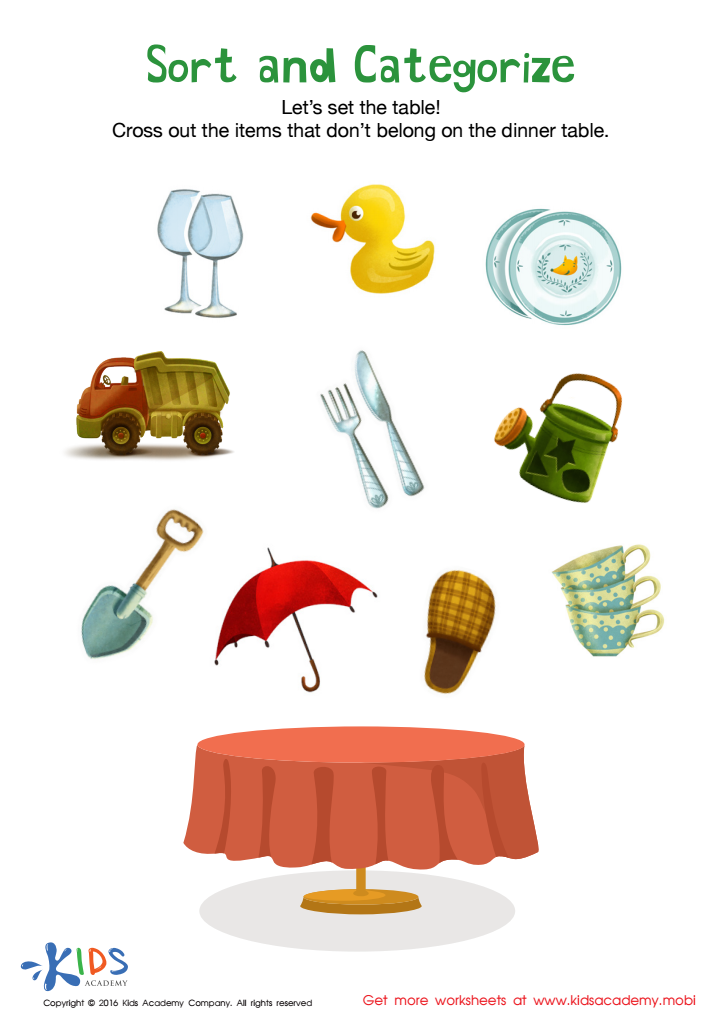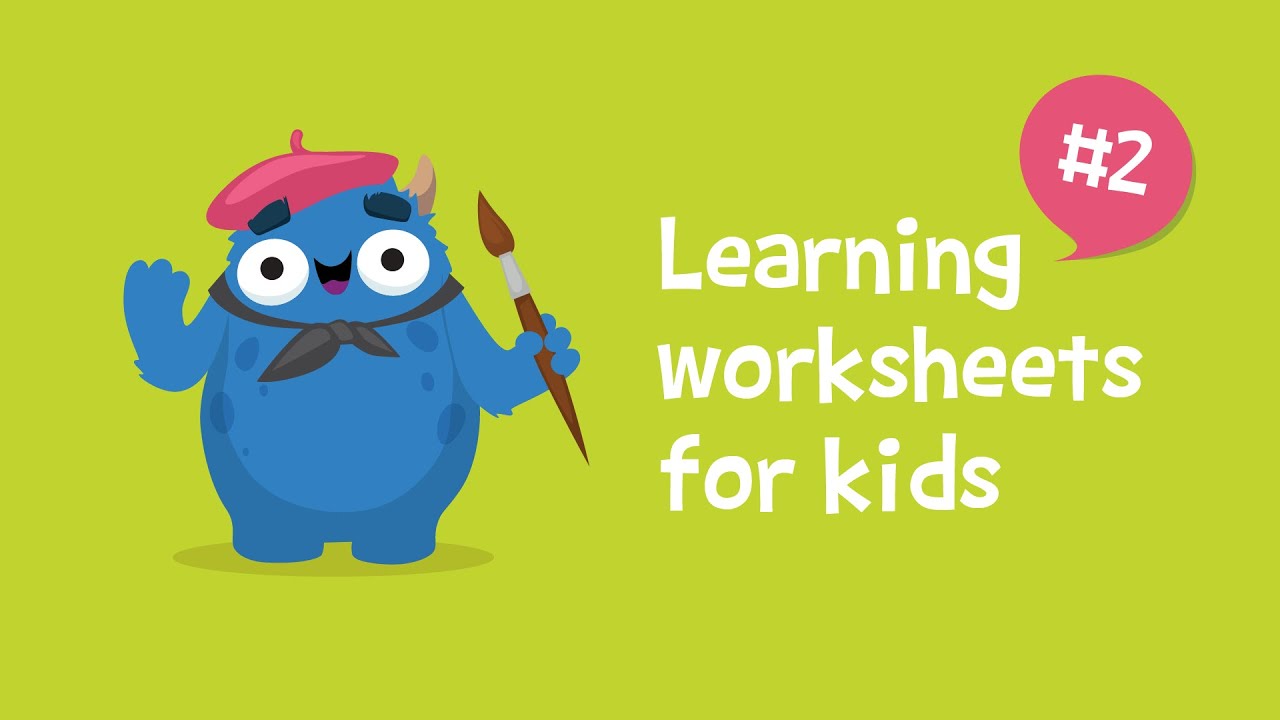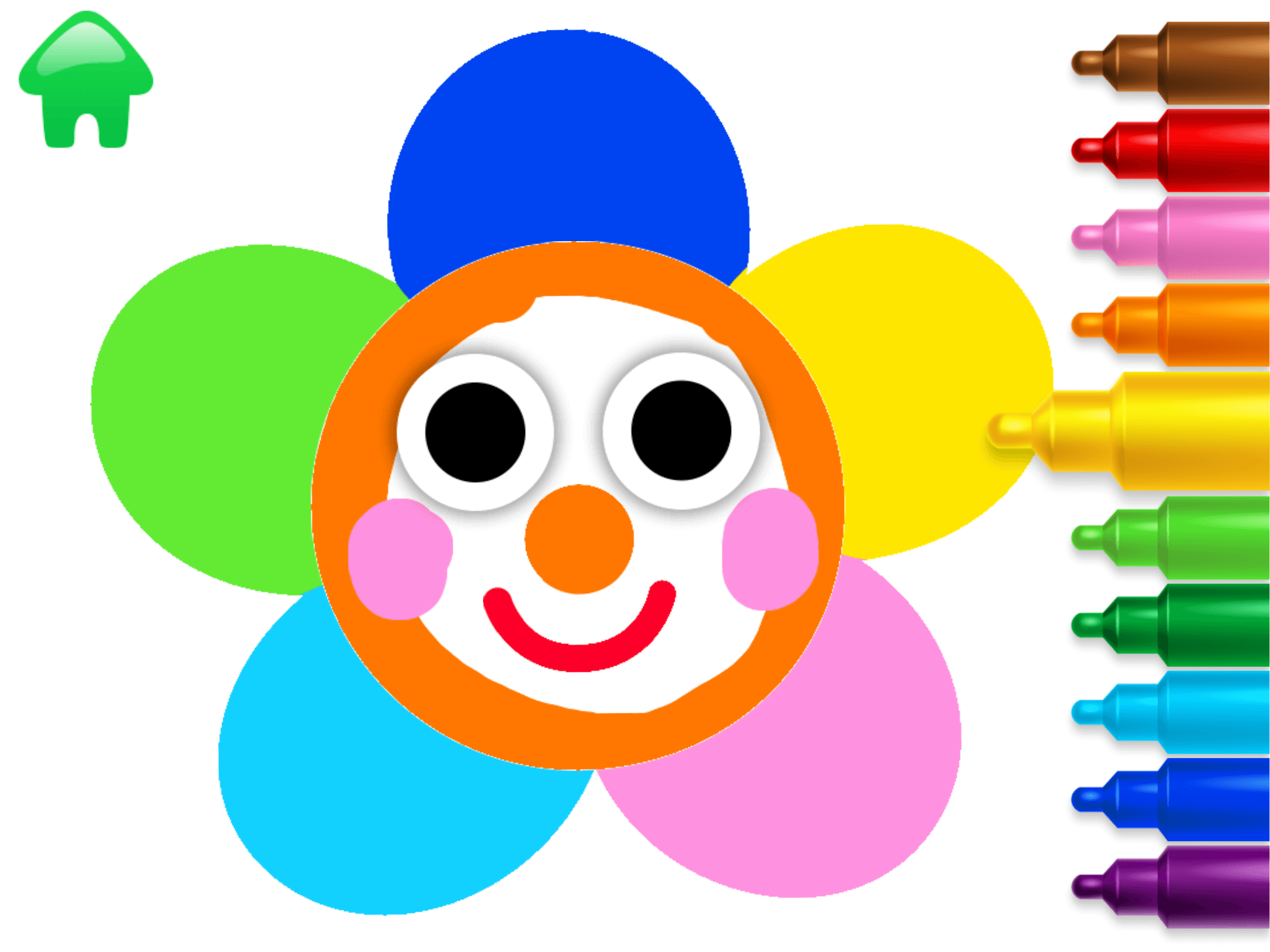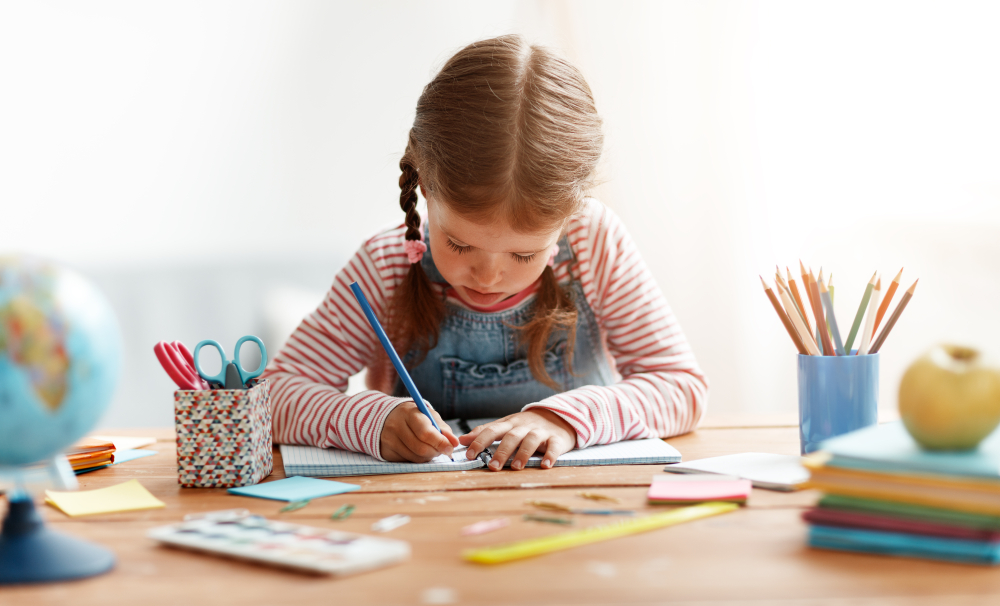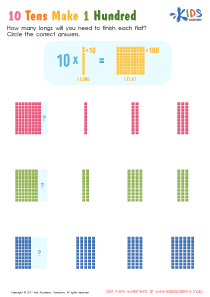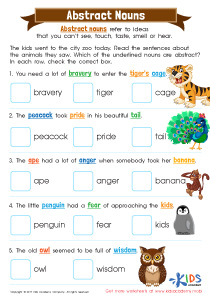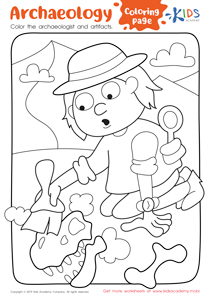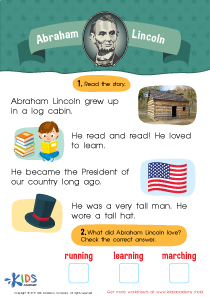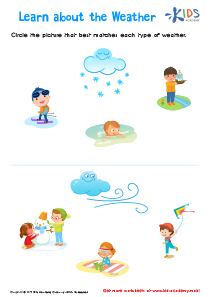Normal Sorting worksheets activities for 3-Year-Olds
5 filtered results
-
From - To
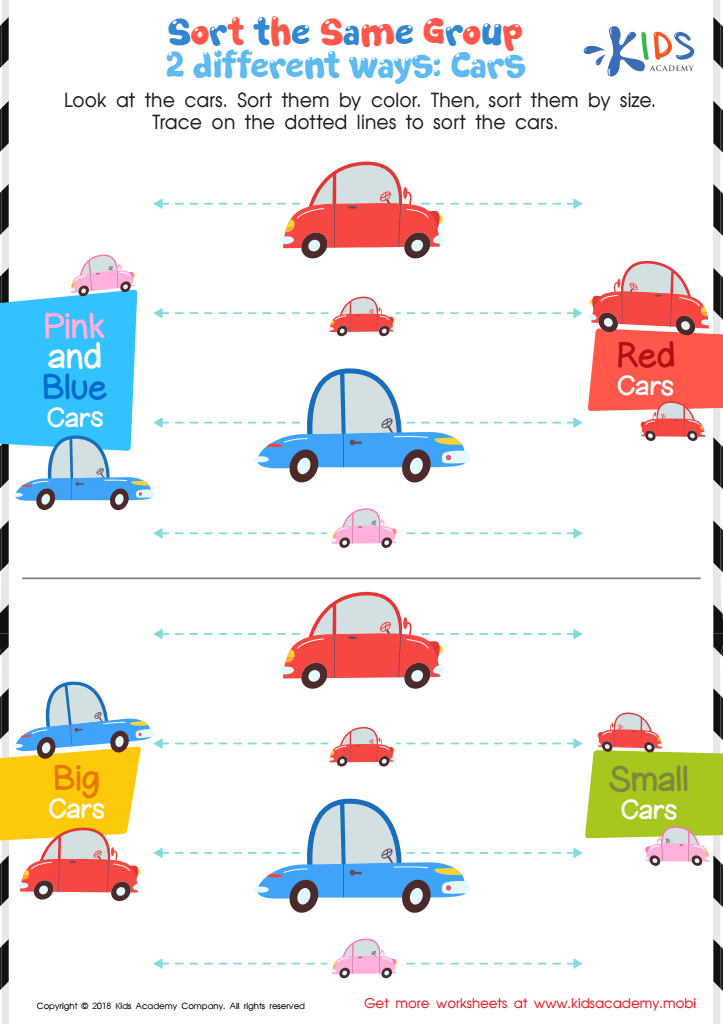

Sort the Same Group 2 Different Ways: Cars Worksheet
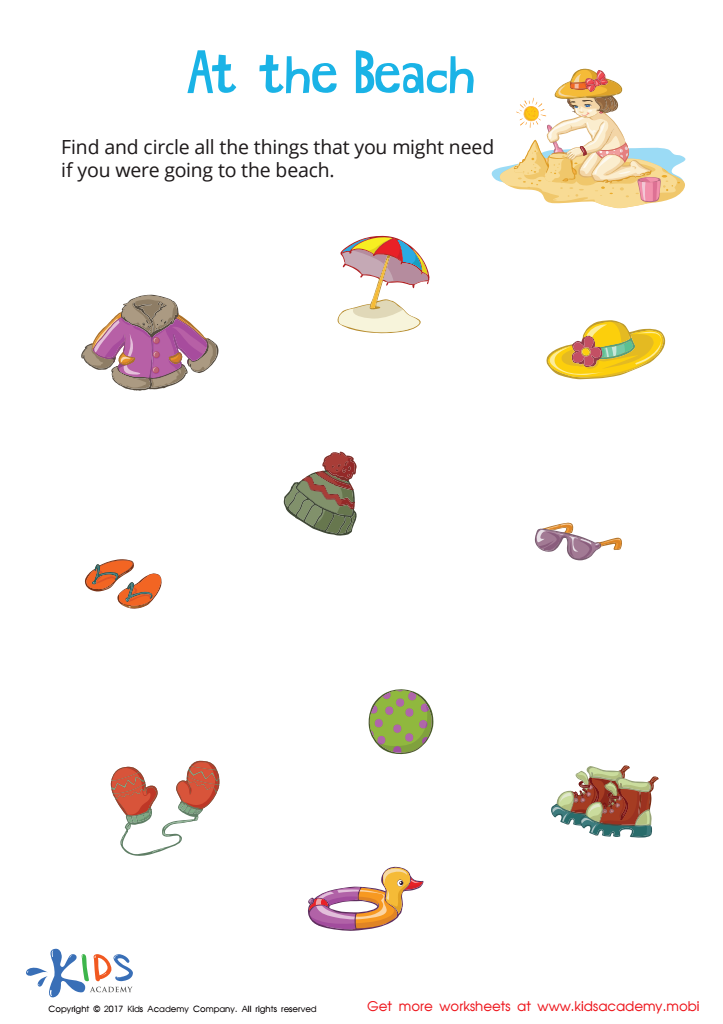

At the Beach Sorting Worksheet
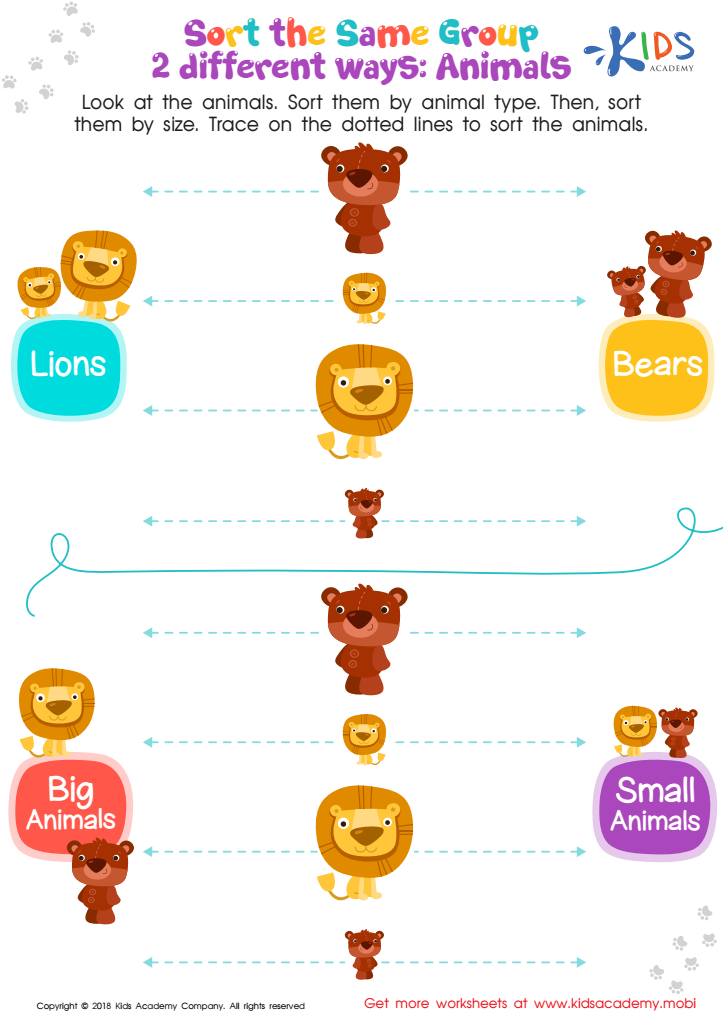

Sort the Same Group 2 Different Ways: Animals Worksheet
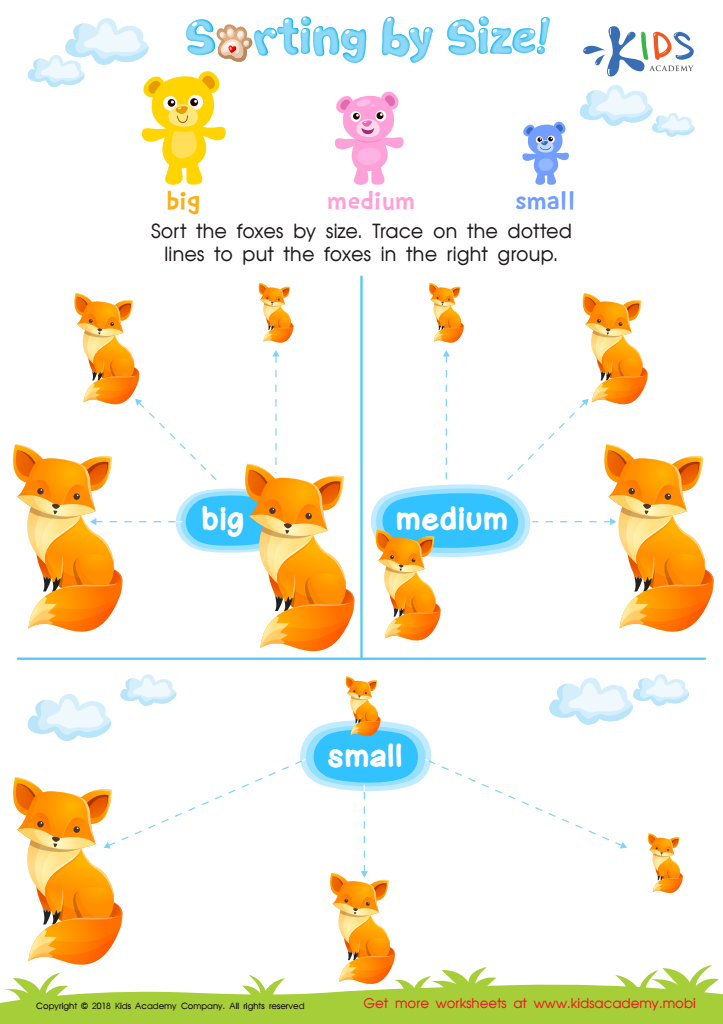

Sorting by Size Worksheet
Normal Sorting worksheets activities are a fundamental educational tool that provides numerous benefits for students across various age groups. These activities, designed to help learners distinguish, categorize, and order items based on specific criteria, are crucial in developing critical thinking, problem-solving skills, and cognitive development.
Firstly, Normal Sorting worksheets activities introduce young learners to the concept of classification. This is an essential skill in both academic settings and daily life. By engaging in sorting tasks, students learn to identify similarities and differences among objects or concepts, which is a foundational skill in science, mathematics, and reading comprehension. This ability to categorize and classify enhances their understanding of the world around them and fosters a structured way of thinking.
Moreover, these activities promote the development of observational skills. As students sort items based on color, size, shape, or other attributes, they must pay close attention to detail. This heightened sense of observation is beneficial in subjects like science, where noticing slight differences can be crucial in experiments and understanding the natural world.
Normal Sorting worksheets activities also encourage logical reasoning. When students decide on the basis for sorting, they engage in a thought process that requires them to apply logic and make reasoned decisions. This practice of logical reasoning is invaluable, as it lays the groundwork for more complex problem-solving skills needed in mathematics, coding, and critical reading.
Furthermore, these worksheets are adaptable to various learning styles and can be integrated into different subject areas, making them a versatile tool in the educator's toolkit. Whether through hands-on activities, digital platforms, or paper-based tasks, sorting activities can be tailored to meet the diverse needs of learners.
In conclusion, Normal Sorting worksheets activities are not just another classroom task; they are a vital educational strategy that fosters critical foundational skills. Through classification, observation, and logical reasoning, students not only enhance their academic abilities but also prepare for real-life challenges, proving the enduring value of sorting activities in education.
 Assign to the classroom
Assign to the classroom
